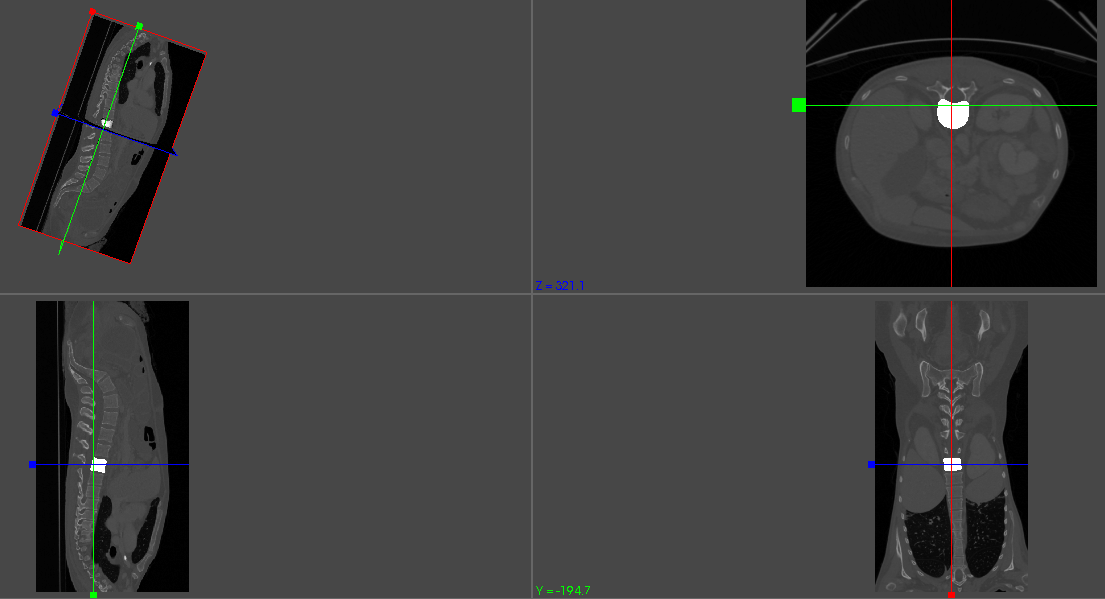A new Master’s thesis by Francesco Pais, completed at the University of Rome Tor Vergata, introduces an innovative approach to the biomechanical characterization of the L1 vertebral body. The study, titled “A characterization of the vertebral body of L1 vertebra’s mechanical properties through Statistical Shape and Appearance Modelling”, is now available for download and represents a significant contribution to the field of computational biomechanics.
This work presents a non-invasive method for mapping and analyzing the mechanical properties of the L1 vertebra using Statistical Shape and Appearance Modelling (SSAM). The research is based on CT-derived data from multiple subjects and relies on the use of Radial Basis Function (RBF)-based mesh morphing to generate isotopological geometries. The RBF Morph software played a key role in enabling the transformation of anatomical data into a unified, analyzable format.
By aligning mechanical property data onto a common reference mesh, the study constructs a Statistical Appearance Model (SAM) capable of capturing both shape and material variability. Principal Component Analysis (PCA) is employed to identify the main modes of morphological and biomechanical variation within the dataset. The resulting model demonstrates the ability to reconstruct accurate digital twins of the vertebral body even from sparse or low-resolution input data.
To assess the robustness and predictive performance of the method, the model was validated using Leave-One-Out Cross-Validation (LOOCV). The results confirm strong generalization capabilities, reinforcing the value of the proposed SSAM framework in clinical and research applications.
This thesis not only highlights the power of combining statistical modelling and mesh morphing but also opens new possibilities in the development of patient-specific simulations and implant design optimization. By reducing the reliance on invasive diagnostic procedures, this approach contributes to the advancement of personalized medicine and predictive modelling in spinal healthcare. Francesco Pais’s work exemplifies how the integration of computational tools and biomechanical knowledge can lead to meaningful innovation in medical research and simulation.
The full thesis and the presentation are now available for download.



